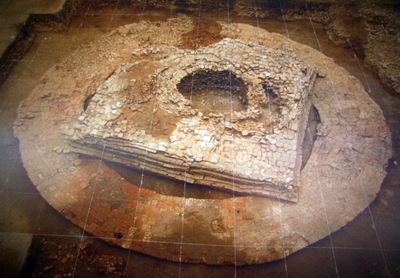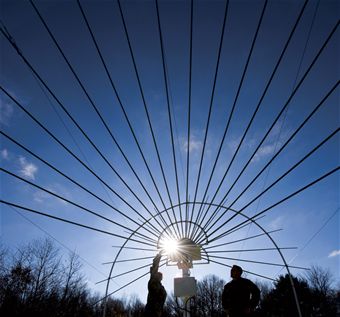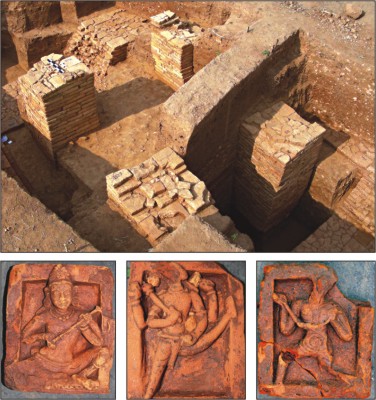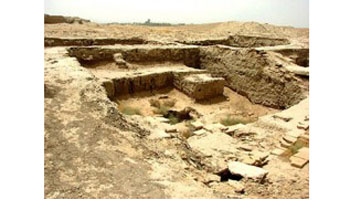
© Sun2SurfAwe-inspiring... An aerial photograph of the mysterious Sungai Batu
Monument shows the precise geometrical patterns in its layers of circles
and squares, designed and constructed by the ancient civilisation of the
Bujang valley some 1,900 years ago.
Sungai Petani: Malaysian archaeologists have unearthed a 1,900-year-old monument built with detailed geometrical precision - possibly for sun worshipping by a lost civilisation of the Bujang Valley.
The astonishing find at a oil palm estate in Sungai Batu, Kedah, is the oldest man-made structure to be recorded in Southeast Asia.
The discovery, by a team from the Centre for Global Archaeological Research (CGAR) of Universiti Sains Malaysia (USM), was made within a three sq km area where fresh excavations are being made of the old Bujang Valley port settlement, now believed to have existed long before neighbouring empires like Sri Vijaya (700AD) and Majapahit (1200AD).
CGAR director, Assoc Prof Dr Mokhtar Saidin, told theSun his team was taken aback by the magnitude and significance of the find.
Made of clay bricks, the monument, which was built before 110AD, is bound to rewrite current understanding of the region's early history, as it points to an advanced culture pre-dating many Indianised kingdoms in Southeast Asia.









